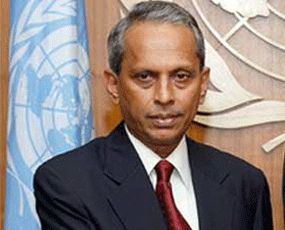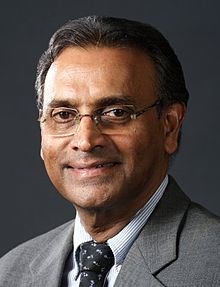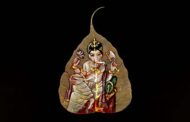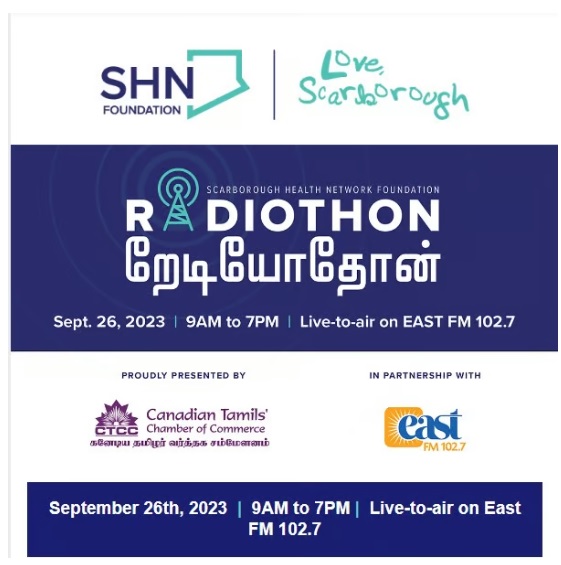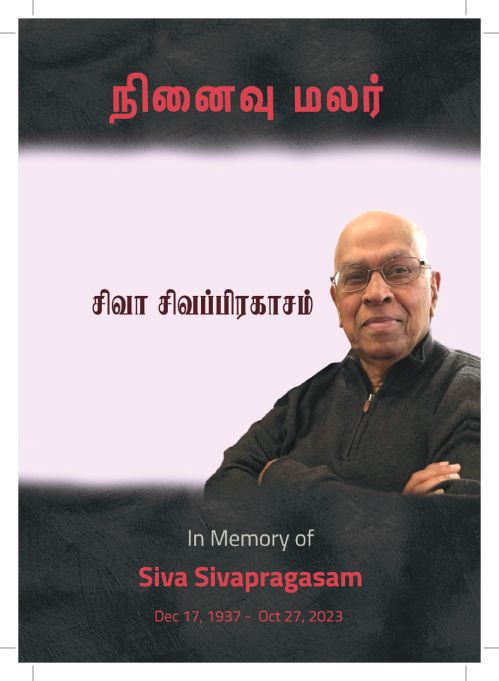
By Kumar Punithavel
??Pongal is an ancient festival of the Tamils living in South India and Sri Lanka. It is not known exactly when the Tamils began celebrating the festival, but some historians identify it with the Thai Niradal, believed to have been celebrated during the Sangam Age (200 B.C. to 300 A.D). Pongal, a traditional Tamilian food item that has found a place on the menu of Indian restaurants across the globe, is perhaps the only dish to have lent its name to a festival and got eternal fame!
As part of the festivities, maidens of the Sangam era observed penance (Pavai nonbu) during the Tamil month of Margazhi (December-January). Throughout the month, they avoided milk and milk products. They would not oil their hair and refrained from using harsh words while speaking.
On the day of Pongal, the women have their ceremonial baths early in the morning. The bath will be followed by worship of the image of Goddess Kalayani, which is carved out of sand. They end their penance on the first day of the month of Thai (January-February). This penance was performed in order to bring abundant rains and agricultural prosperity for the country.
Thai Niradal was a major festival during the reign of the Pallavas (4th to 8th Century A.D.). Andal???s Tiruppavai and Manickavachakar???s Tiruvembavai vividly describe the festival. According to an inscription found in the Veeraraghava temple at Tiruvallur, the Chola king Kulouttunga had made gift of lands to the temple especially for the Pongal celebrations.
Pongal or Thai Pongal is also called Makara Sankaranthi, since it is celebrated on the first day of Thai when the Sun enters the Makara Rasi (Capricornus). This signals the end of winter and the onset of spring throughout the Northern Hemisphere. For the next six months, the days are longer and warmer.
This period of six months is called as Uttarayna Punyakalam and is considered auspicious. Legend has it that the Devas wake up after a six-month long slumber during this period. So it is believed that those who die during Uttarayana attain salvation. In fact, Bheeshma in the Mahabaratha is believed to have waited for the dawn of Uttarayana before he gave up his life.
Pongal is a four-day affair. The Bhogi is celebrated on the last day of the month of Margazhi. On this day, people decorate their homes.
New vessels are bought and old and unwanted things burnt. Of late, environmentalists have pointed out that these bonfires pollute the atmosphere. And often, flights in and out of Chennai are delayed due to poor visibility because of the smog created by the bonfires.
Scholars have often compared Bhogi to the Indra Vizha celebrated by the Chola kings at Kaveripattinam, also known as Poompuhar. Indra Vizha was celebrated in honor of Lord Indra, also called Bhogi, the God of thunder and rain. It is believed that on this day, Lord Krishna lifted the Govardhan Mountain on his little finger to shelter his people and save them from being washed away by the rains and floods.
It is also compared to Bhogali Bihu, the harvest festival of Assam, celebrated in January. Assamese build thatched pavilions where they have grand feasts. The pavilions are burnt down the following day as part of the festivities.
The second day is Perum Pongal, the most important one. It is also called Suryan Pongal because people worship Surya, the Sun God and his consorts, Chaya and Samgnya. Women decorate the central courtyard of their homes with beautiful kolams, done with rice flour and bordered with red clay. The kolam also bore sociological significance and even today is religiously performed as a threshold ceremony before dawn in traditional households. The idea of Kolam is that insects will feed on it, and bless the household for the food. The Tamilian sense of charity did not fail to remember the insects!
Traditional Kolam
Plantain leaves are placed on the kolam on which vegetables and other farm products such as sugarcane, turmeric bulbs and coconuts are arranged. The offerings (padayals) are usually five in number, one each for Ganesha, Surya, Indra, Agni and the sacred lamp. A tiny idol of Ganesha, made of turmeric paste, is also placed near these offerings.
The pongal dish is cooked exactly at the moment when the new month is born. Traditionally, it was cooked on a hearth specially built for the occasion. Of course, these days, the hearth has been replaced by the gas/electric stove in the west where Tamilian has migrated. The pot in which the food item is prepared is adorned with flowers, turmeric roots and leaves.
There are several legends associated with Perum Pongal. A sage named Hema is said to have prayed to Lord Vishnu on the banks of the Pottramarai tank in Kumbakonam. On Perum Pongal day, the lord is believed to have taken the form of Sarangapani and blessed the sage. Yet another legend has it that Lord Shiva performed a miracle on this auspicious day by causing a stone image of an elephant to eat a piece of sugarcane!
The third day is Mattu Pongal, celebrated to glorify the cattle that help farmers in a myriad of ways. On this day, the cows are bathed and adorned with vermilion and garlands. In certain villages in southern Tamil Nadu, a bullfight called manji-virattu is held in the evening. Bags of coins are tied to the sharpened horns of ferocious bulls that are let loose in an open ground.
Manji-viratu
The young men of the village vie with each other to subdue the bull and grab the bags tied to the horns. In fact, in ancient Tamil literature, men had to subdue the bull in order to win the hand of a fair maiden and even Lord Krishna is believed to have defeated seven bulls before marrying Nappinnai. Unlike in Spanish bullfights, in manji-virattu, the bull is never killed.
Mattu Pongal has little significance to city folks. In most urban homes, the day is celebrated as Kannu Pongal. Special prayers are offered by women for the well-being of their brothers. The Tamils also remember their great poet Tiruvalluvar on this day and call it the Valluvar Thinam. On this day in honor of this great sage who was the law giver of the Tamilian race many seminars and debates are held in public forum.
The last day is Kaanum Pongal. During this part of the festival families used to gather on the riverbanks and have a sumptuous meal (kootanchoru). Even to this day when children get together and cook, it is called Kootanchoru! It is also time for traditional dances such as kummi and kolattam etc.
Kolattam Kummi
In recent years, this day has been celebrated as Uzhavar Tirunal meaning farmers day in honor of farmers who are the back bone of an agrarian society.





